Laxton, Nottinghamshire: The 21st century village still using a medieval farming system
Open field strip farming has almost entirely disappeared from Britain in the past 1,000 years — though there is one great exception: Laxton.
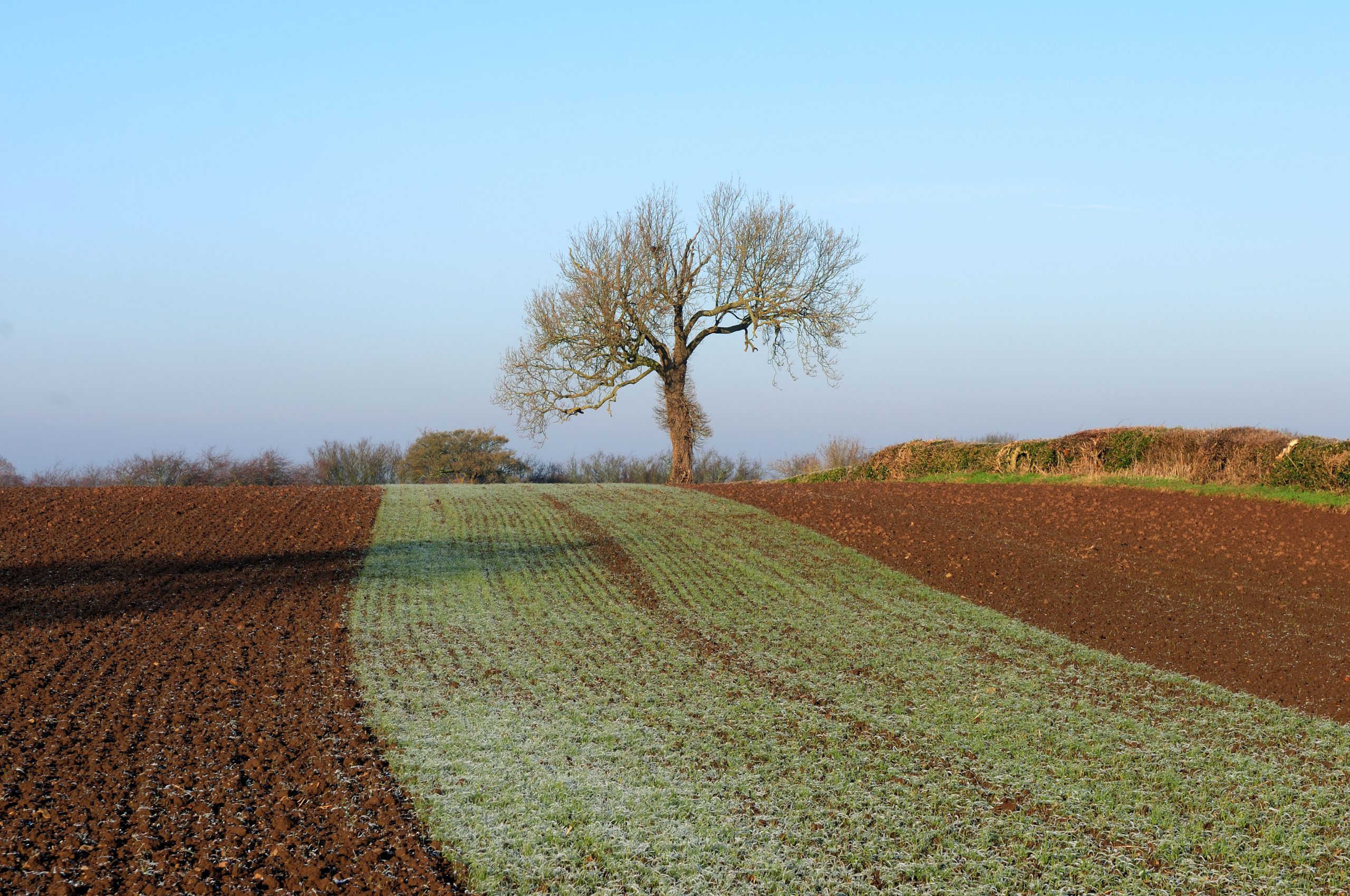
In 1635, a surveyor called Mark Pierce was employed to map the farmland around Laxton, which he did in four sheets, now in the Bodleian Library, Oxford. Each shows one of the enormous open fields around the village, between them divided in 2,280 strips of land.
Open-field farming, with land divided into small parcels between villagers, who were forced to farm in co-operation, was still practised much as it had been in the Middle Ages. Extraordinarily, the system survives to this day, but only in Laxton.
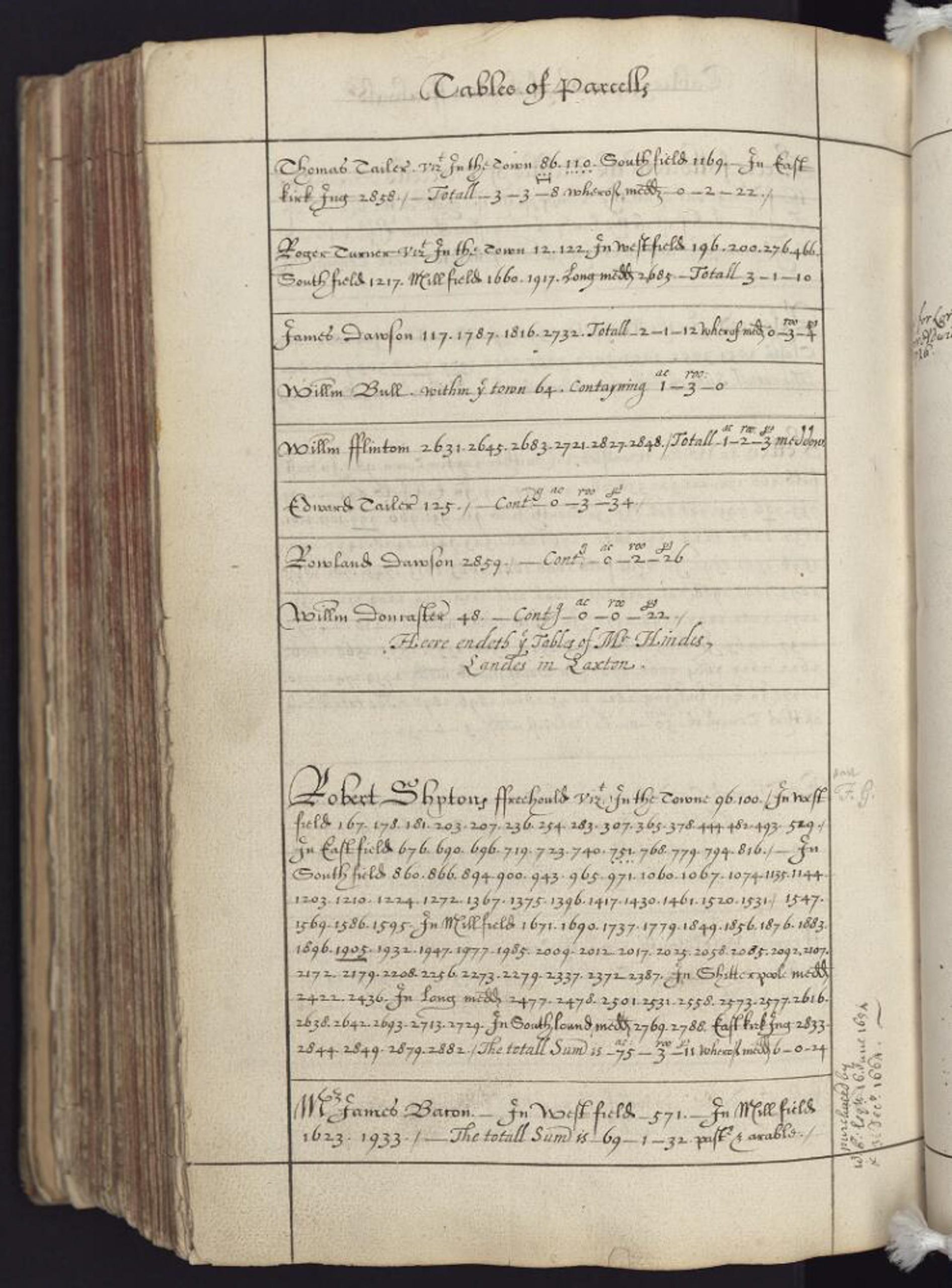
It was unpromising, clay land, one reason subsequent landowners never stirred themselves to enclose it. Better land was shared out equally with the worst. The sides of the valleys, too steep to plough, became ‘sykes’, or useful pasture, and neat blocks of woodland provided an invaluable resource.
Everywhere else in England, open fields were eventually enclosed and divided with hedges. Laxton became first an oddity, then a rarity, before being recognised as precious; it was owned by the Crown Estate until 2020, when it was sold to the Thoresby Estate.
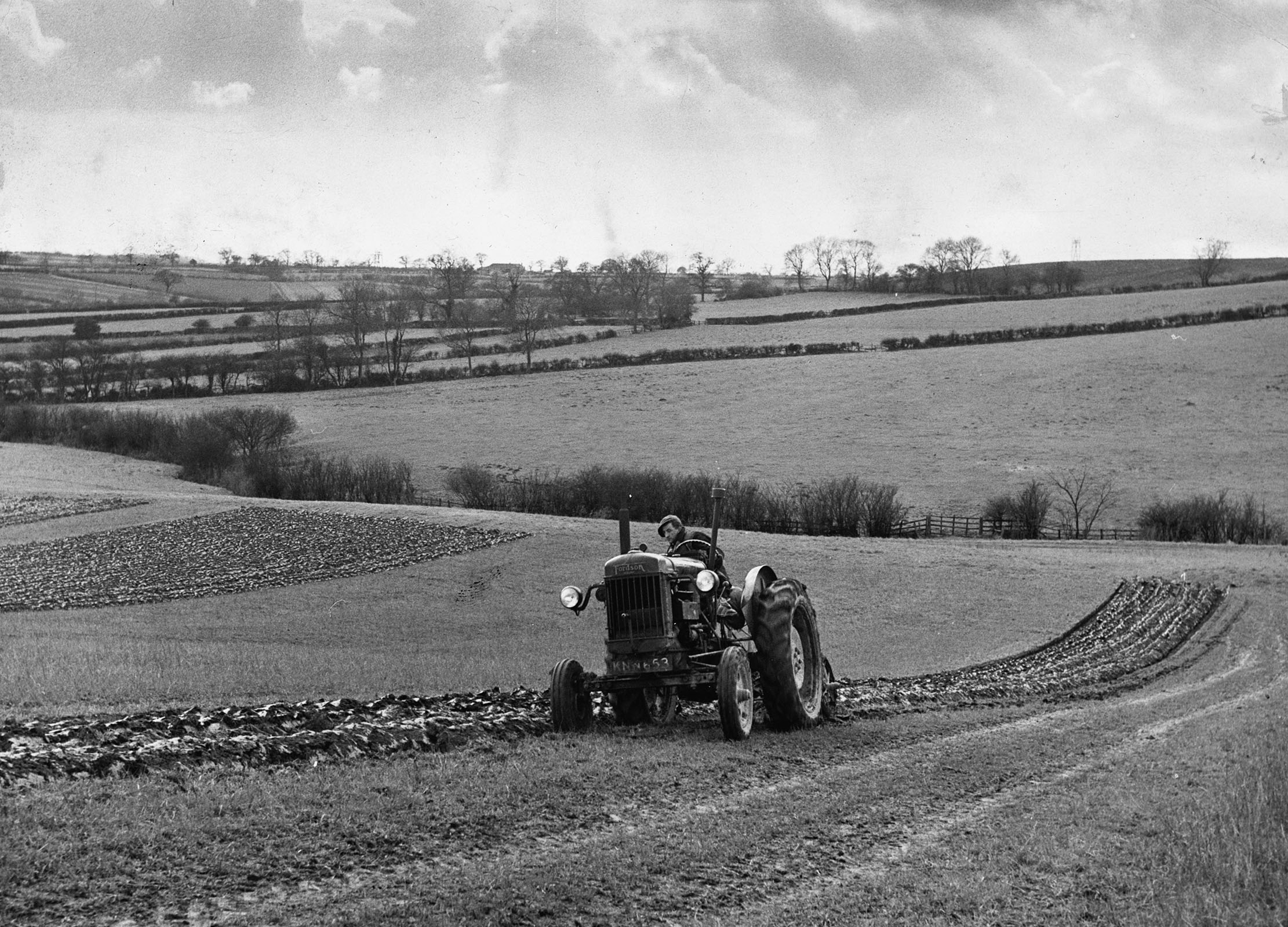
How to visit Laxton
Laxton is in the heart of rural Nottinghamshire, roughly half-way between Newark and Worksop, and just a few minutes off the main A1. There is a visitor centre located in the local pub, The Dovecote Inn; see www.laxtonvisitorcentre.org.uk for more details.

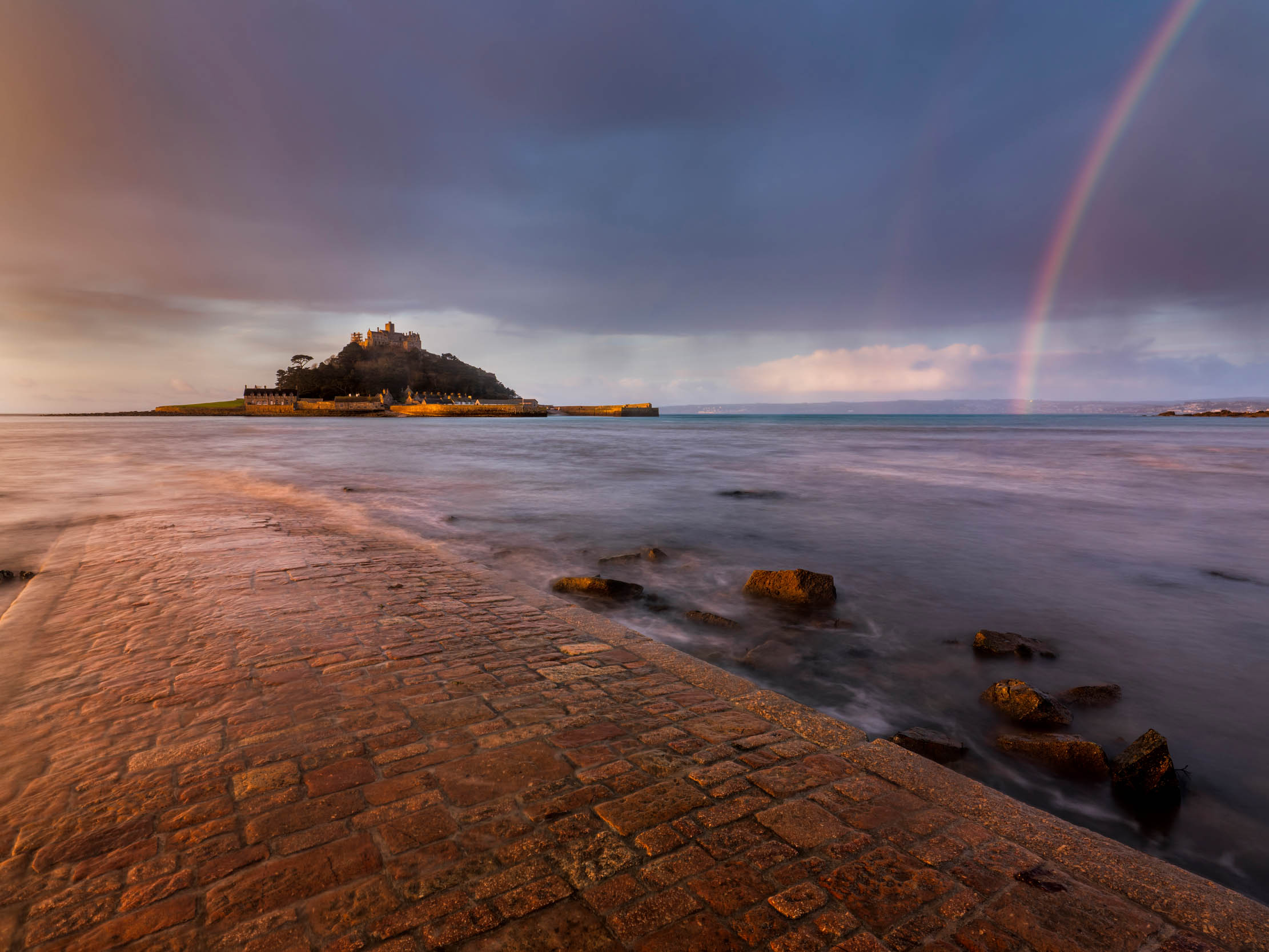
St Michael’s Mount, Cornwall: The monastery that became a castle that became a home
Few spots on the coast of Britain are as romantic and storied as St Michael's Mount in Cornwall.
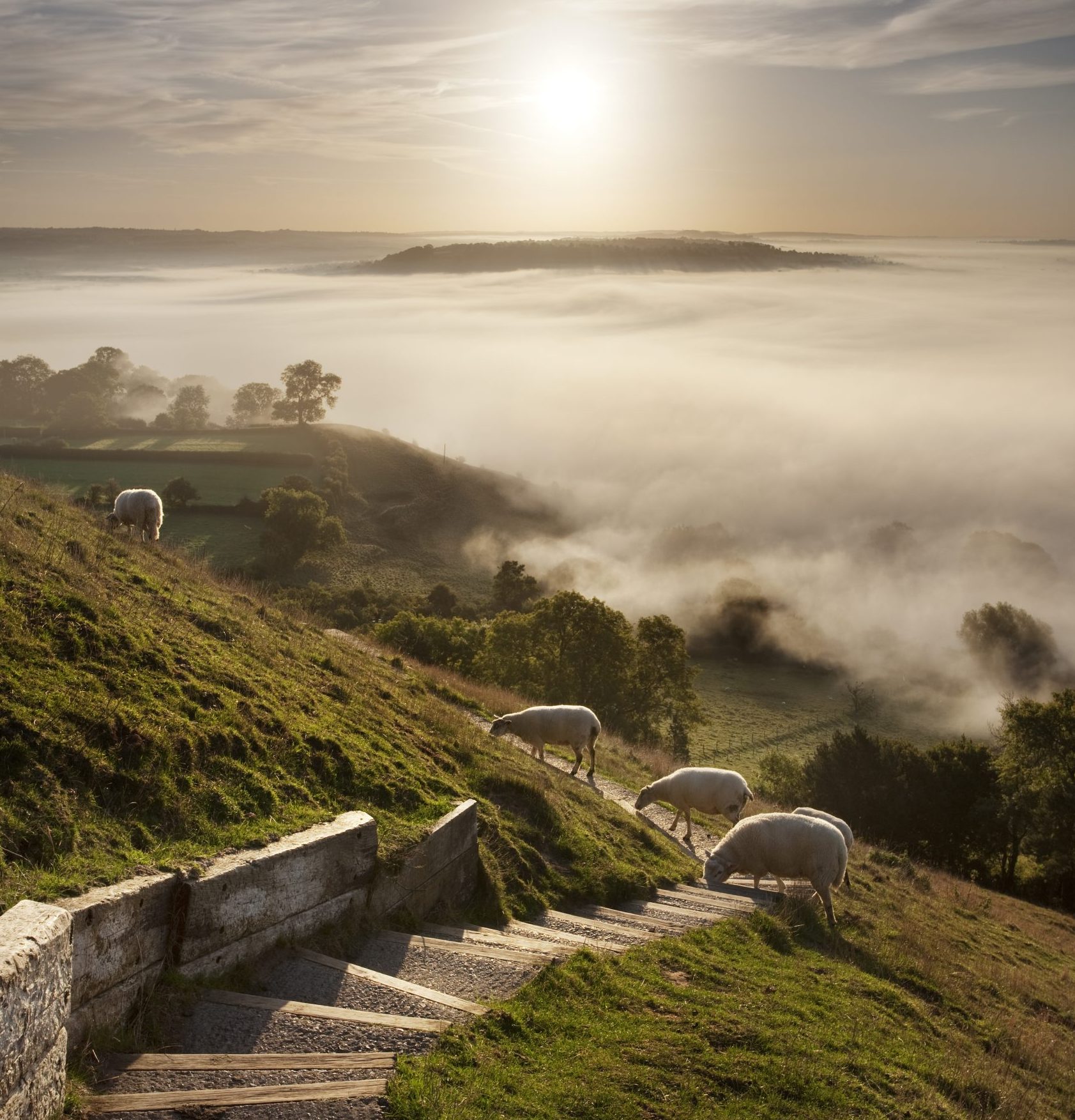
Glastonbury, Somerset: The place where the Holy Grail came to Britain
The ancient town of Glastonbury is synonymous without spirituality, mysticism and legend — and it's an unmissable stop-off on our list
Sign up for the Country Life Newsletter
Exquisite houses, the beauty of Nature, and how to get the most from your life, straight to your inbox.
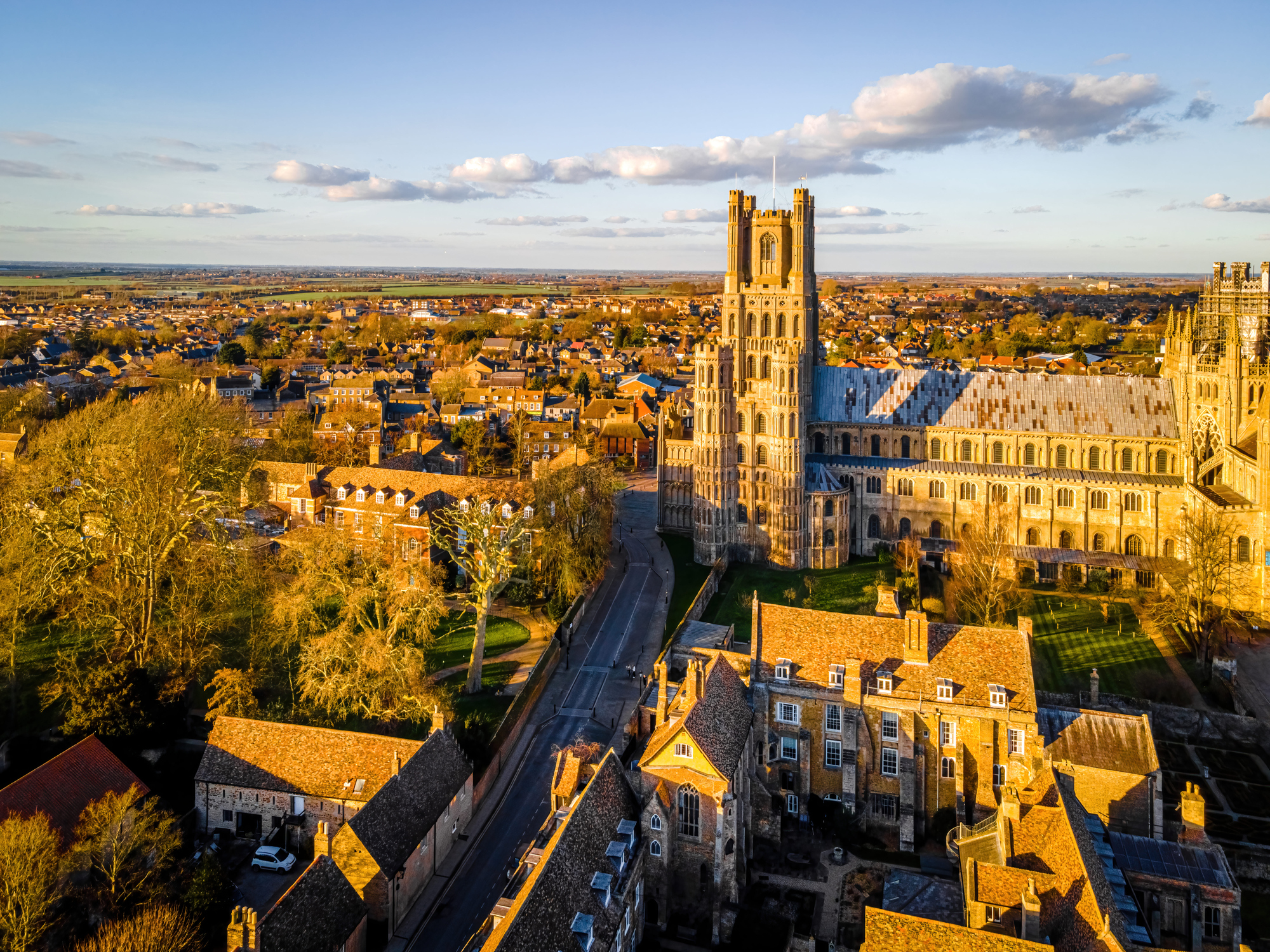
The Island of Ely, Cambridgeshire: Where 85ft above sea level is almost a mountain
Clive Aslet takes a look at Ely, the beautiful and ancient city that can be seen from miles around in
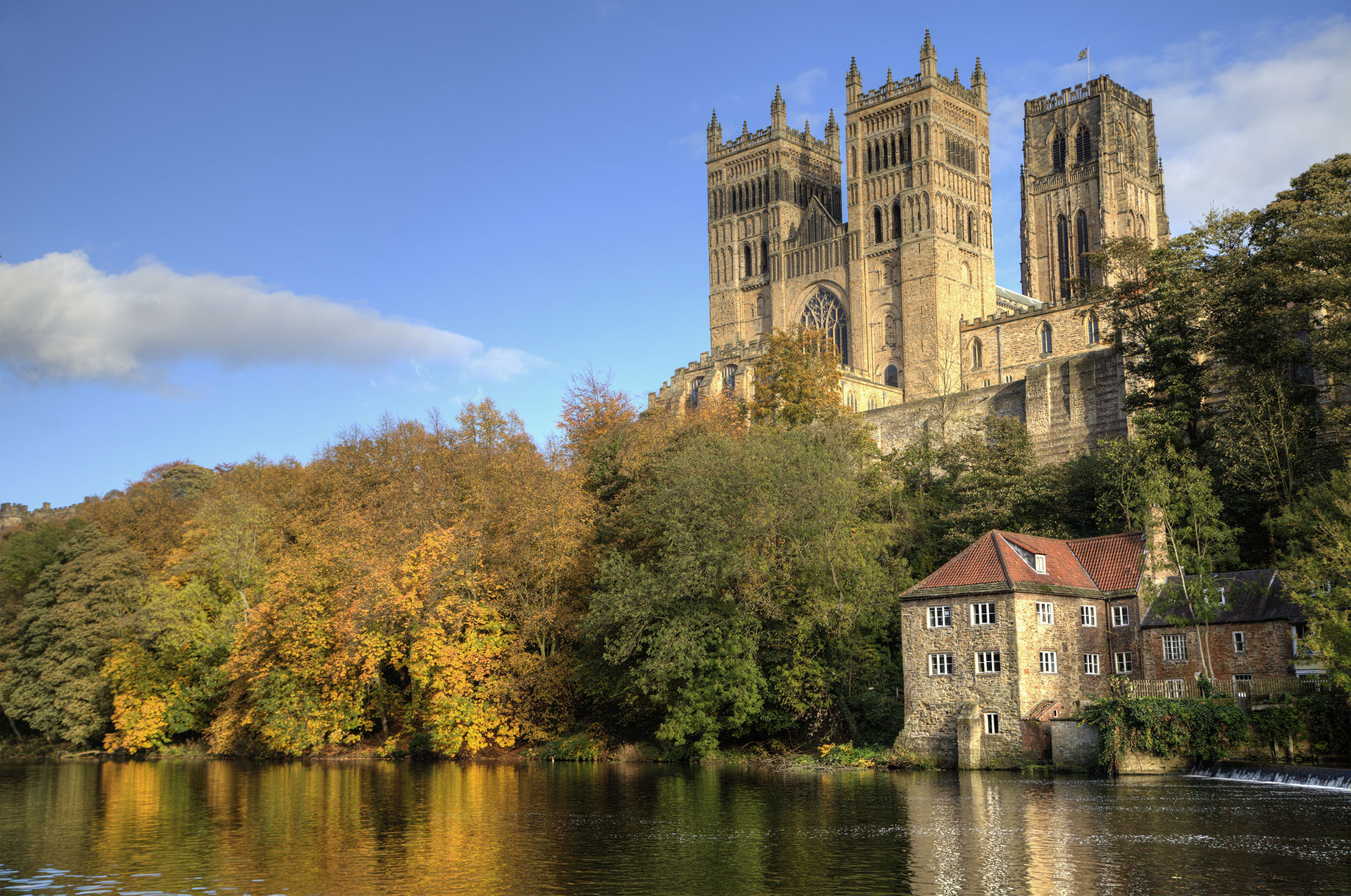
Durham Cathedral and Castle: 'The Normans at their most audacious and expansive'
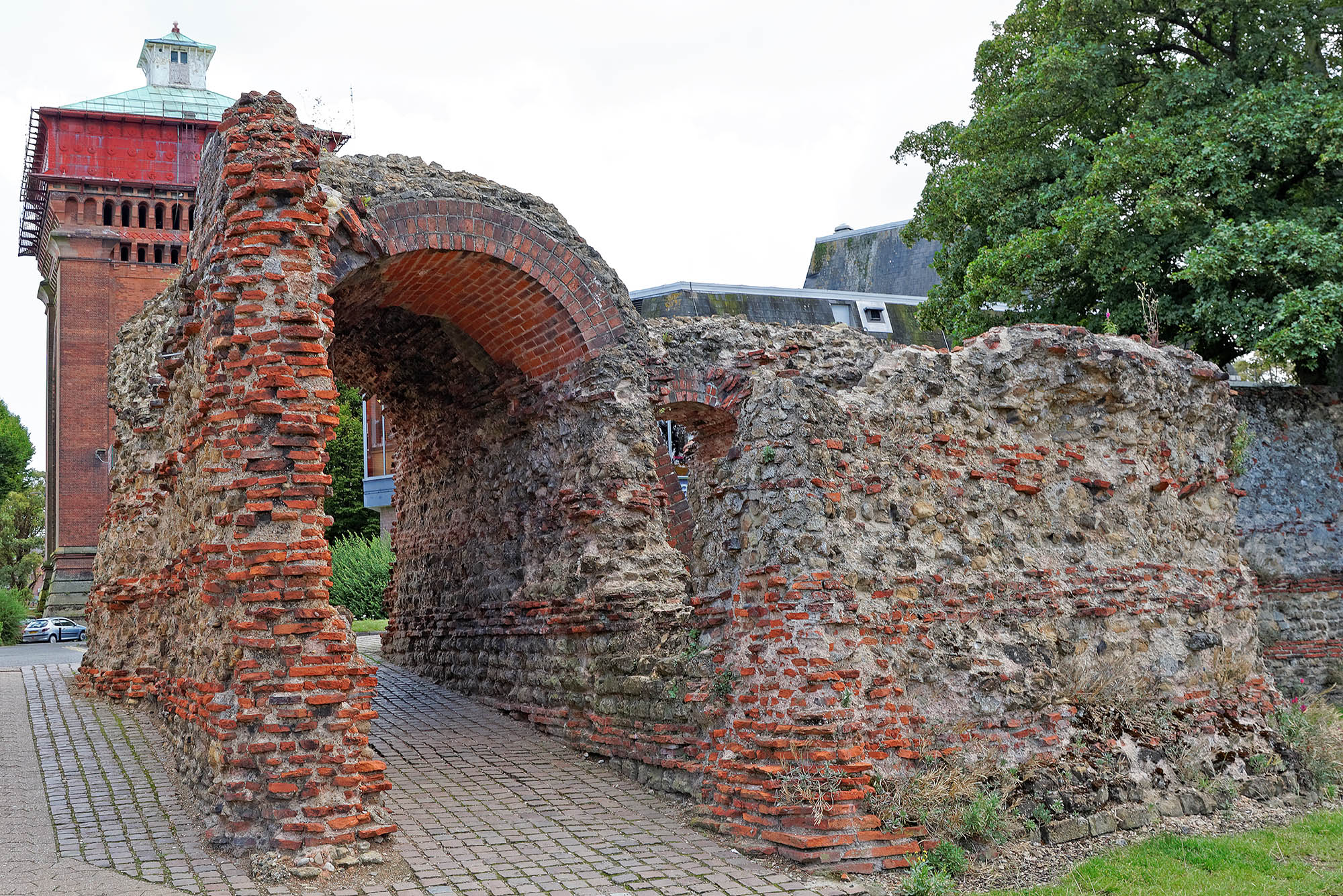
Colchester, Essex: The purpose-built capital city of Roman Britain
Clive Aslet considers the town that was one of Roman Britain's greatest cities — and even, for a while, its capital:
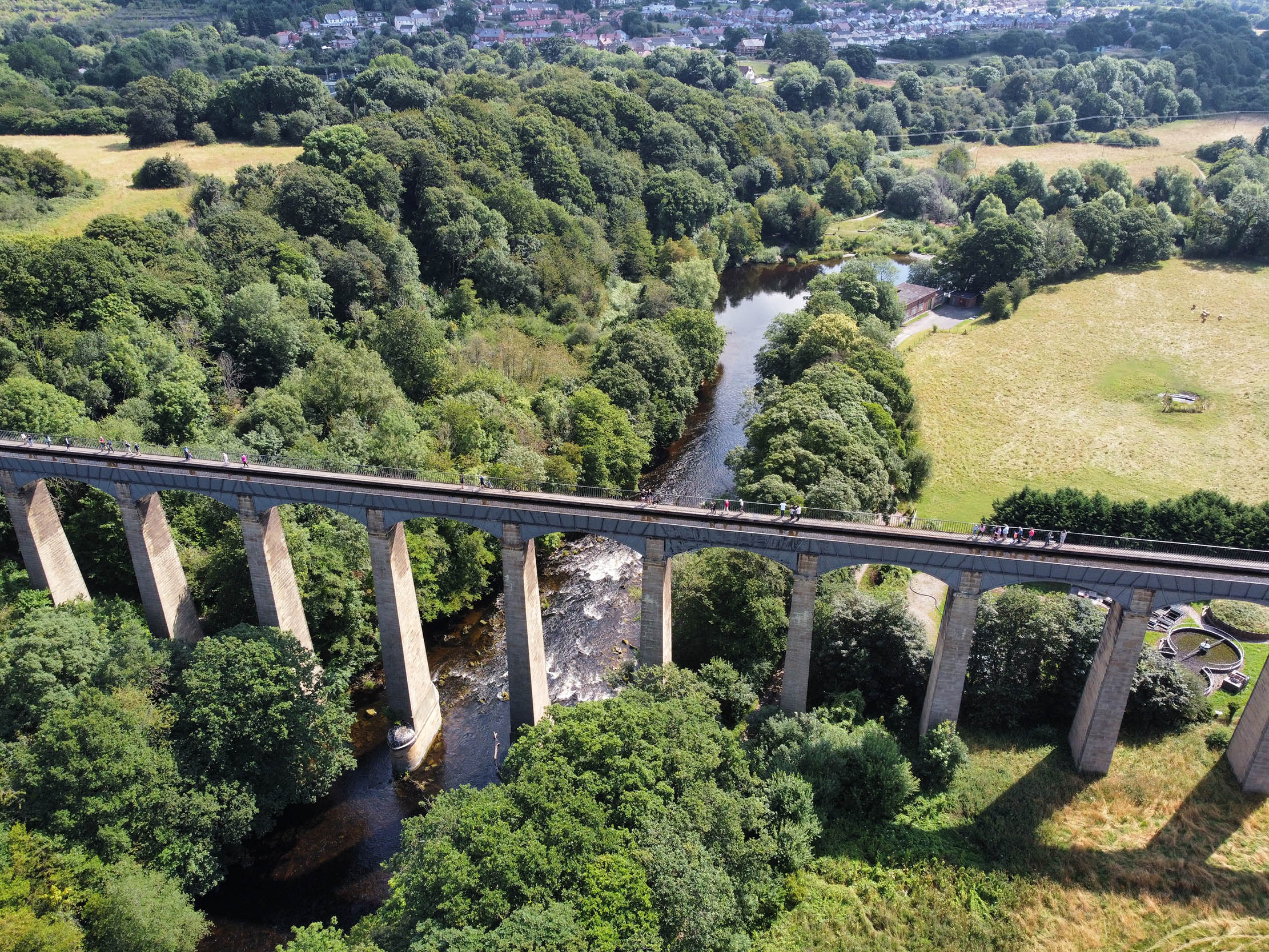
The Pontcysyllte Aqueduct: Thomas Telford's 'ribbon of water in the sky'
The magnificent Pontcysyllte Aqueduct is one of the great testaments to Industrial Revolution ingenuity — and as beautiful as it is
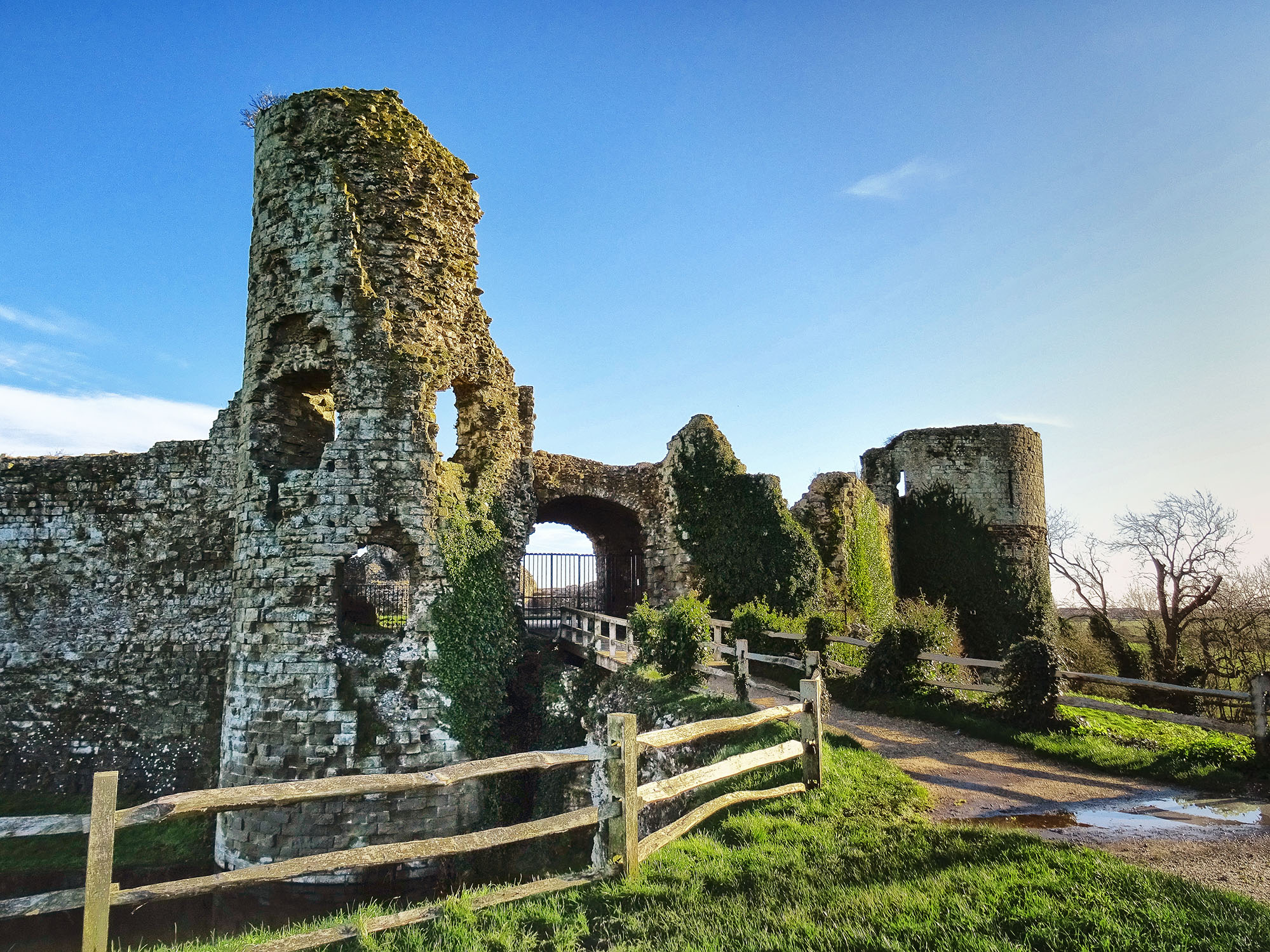
Pevensey Castle, East Sussex: The Roman castle that was still being used in World War II
When William the Conqueror landed at Pevensey, he moved in to the nearby castle — one which had already stood for
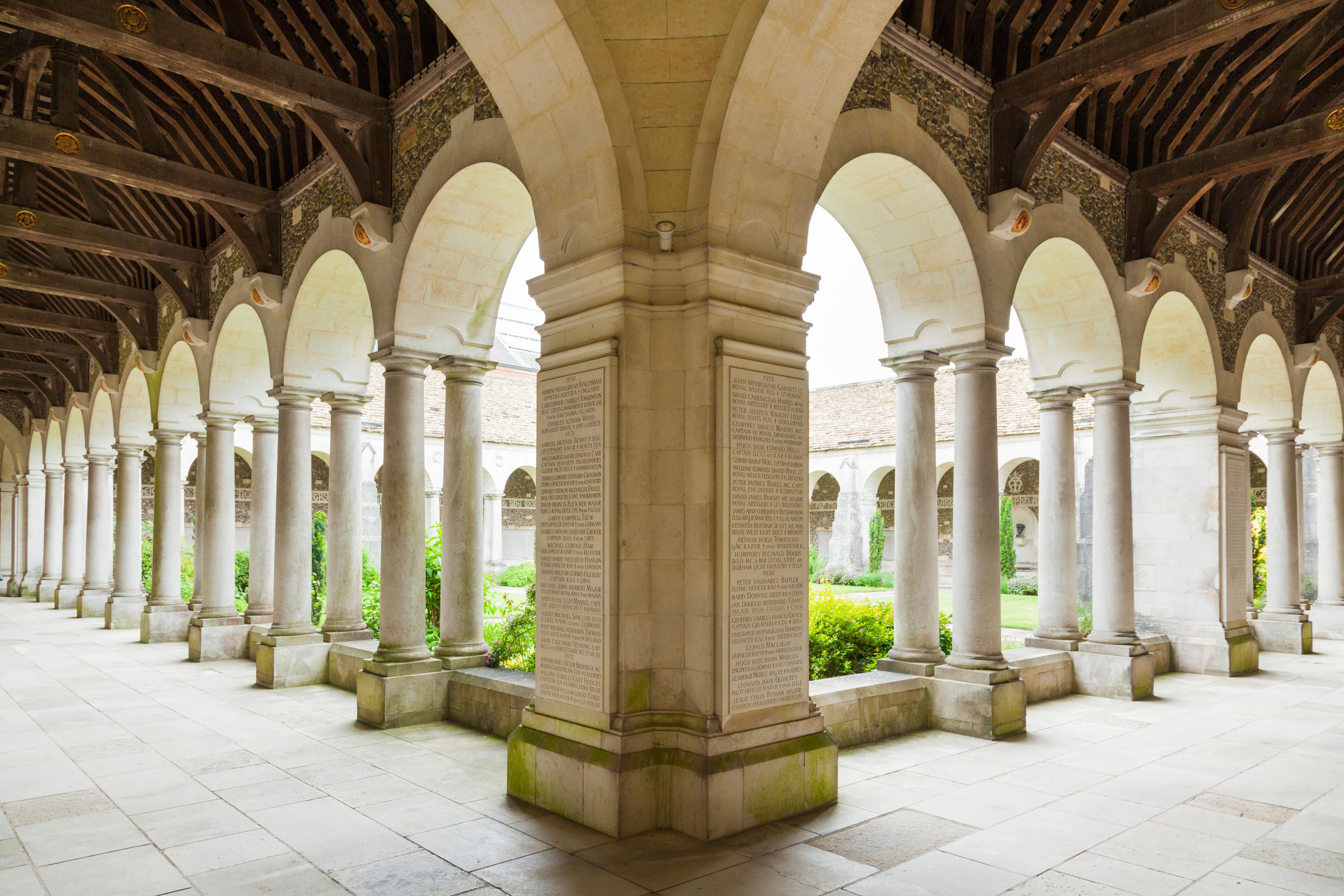
Winchester College: The school that's survived six centuries of turmoil, including the sacking of the city around it
Winchester College is both a school for the lucky few and an architectural marvel, says Clive Aslet.
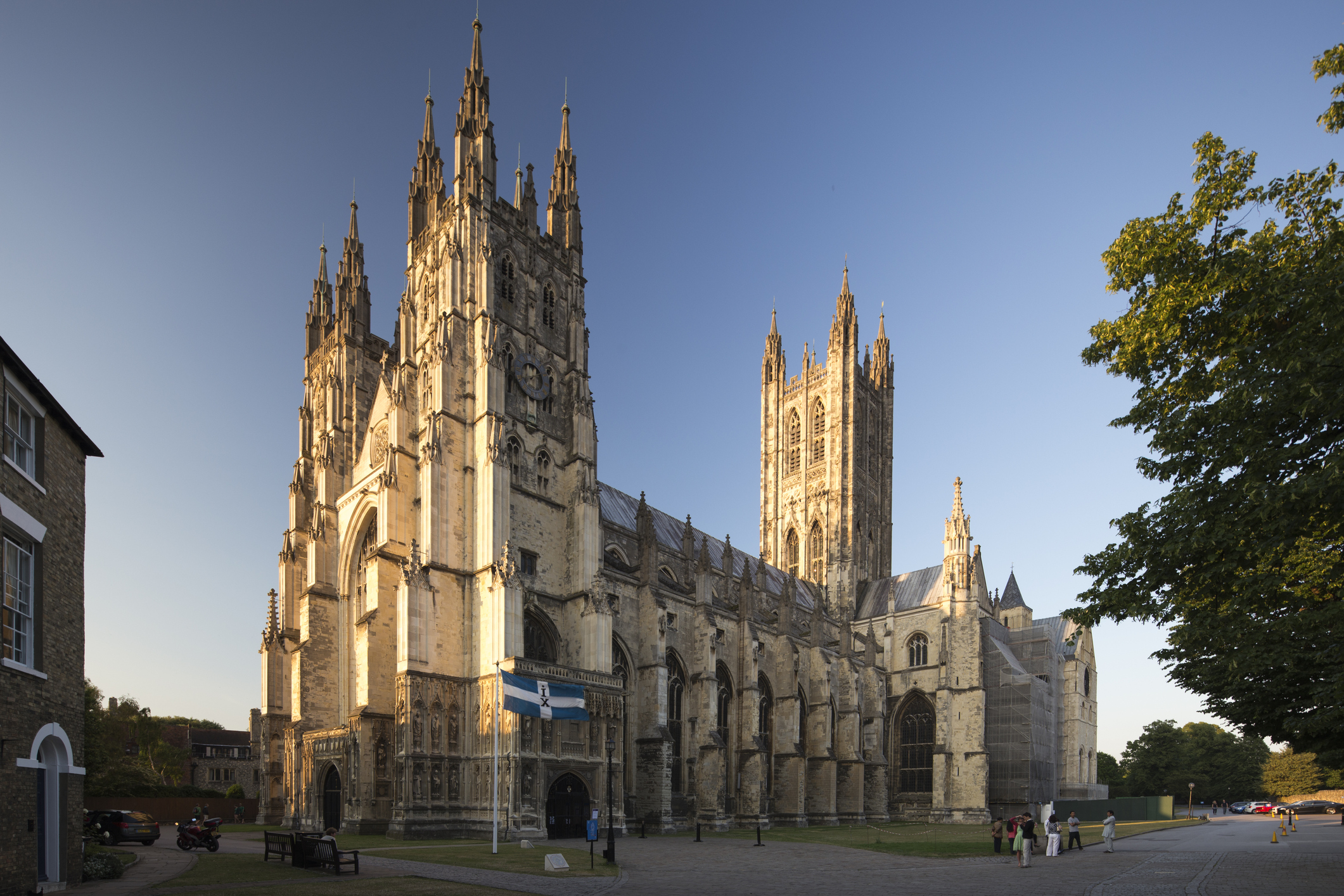
Canterbury Cathedral: Architectural wonder, place of worship, and site of one of history's most infamous murders
Canterbury Cathedral is the seat of the Church of England, the end of the nation's most famous pilgrimage route, and
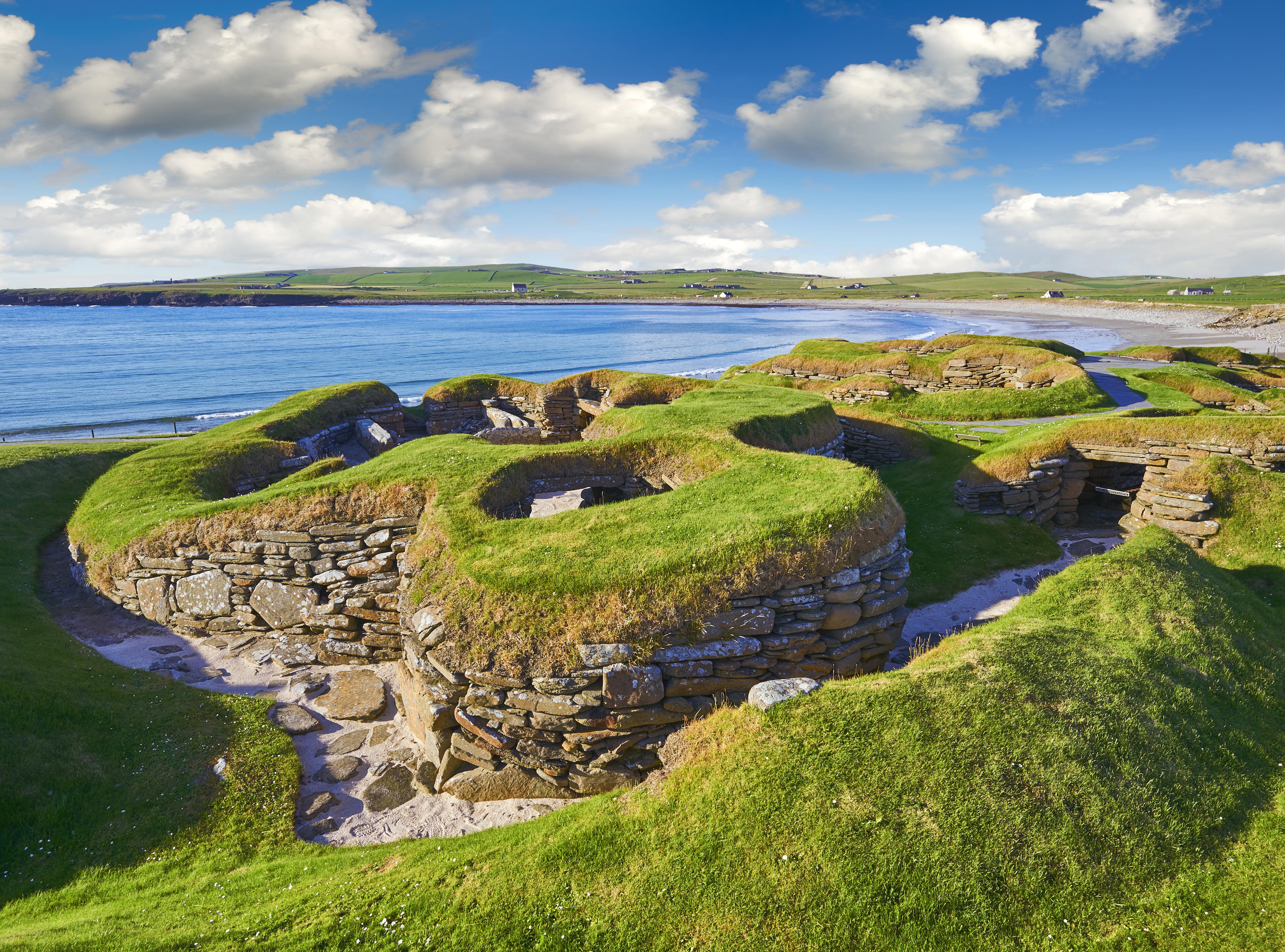
Skara Brae: The prehistoric village on Orkney that's older than Great Pyramid of Giza
The best-preserved Neolithic settlement in Europe isn't in a French cave or an Italian hillside; it's Skara Brae on Orkney,
-
 ‘David Hockney 25’ at the Fondation Louis Vuitton: Britain’s most influential contemporary artist pops up in Paris to remind us all of the joys of spring
‘David Hockney 25’ at the Fondation Louis Vuitton: Britain’s most influential contemporary artist pops up in Paris to remind us all of the joys of springThe biggest-ever David Hockney show has opened inside the Fondation Louis Vuitton in Paris — in time for the season that the artist has become synonymous with.
By Amy Serafin Published
-
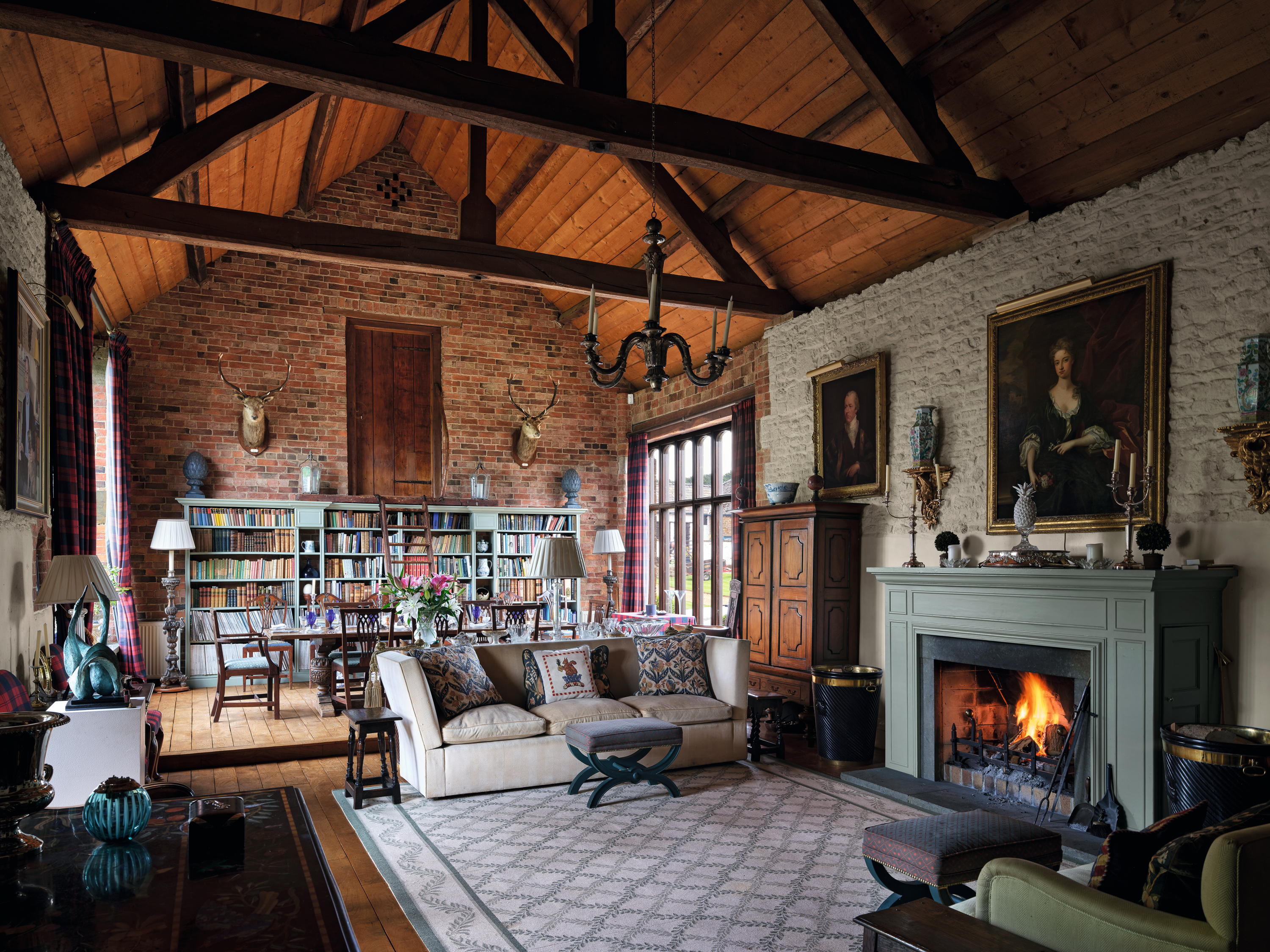 High Wardington House: A warm, characterful home that shows just what can be achieved with thought, invention and humour
High Wardington House: A warm, characterful home that shows just what can be achieved with thought, invention and humourAt High Wardington House in Oxfordshire — the home of Mr and Mrs Norman Hudson — a pre-eminent country house adviser has created a home from a 300-year-old farmhouse and farmyard. Jeremy Musson explains; photography by Will Pryce for Country Life.
By Jeremy Musson Published
-
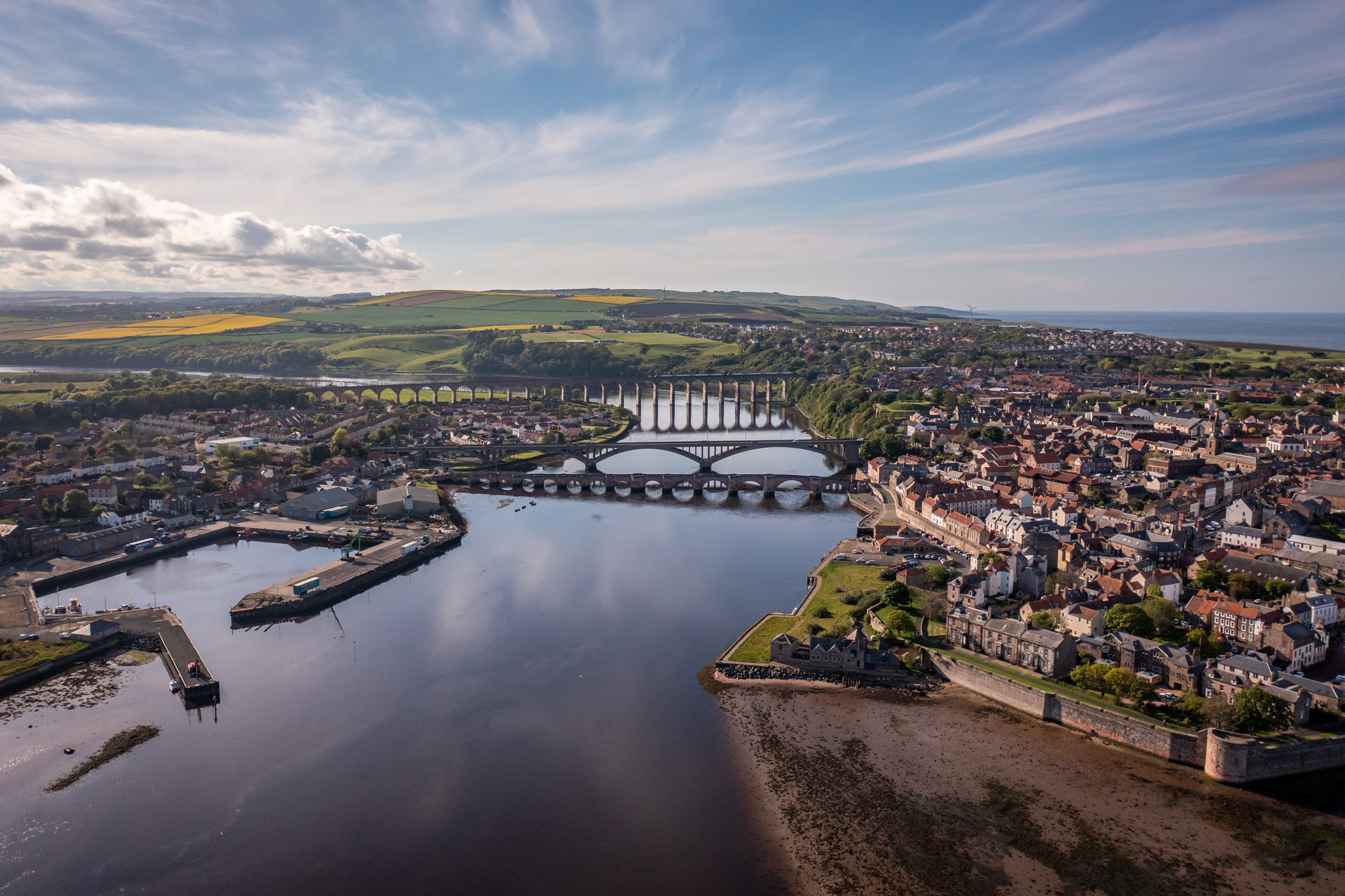 Berwick-upon-Tweed, Northumberland: The spectacular border town with a castle that changed hands 13 times
Berwick-upon-Tweed, Northumberland: The spectacular border town with a castle that changed hands 13 timesBerwick-upon-Tweed spent centuries as a pawn in Anglo-Scottish conflict; today, it's a charming border town with spectacular sights. Clive Aslet takes a look.
By Clive Aslet Published
-
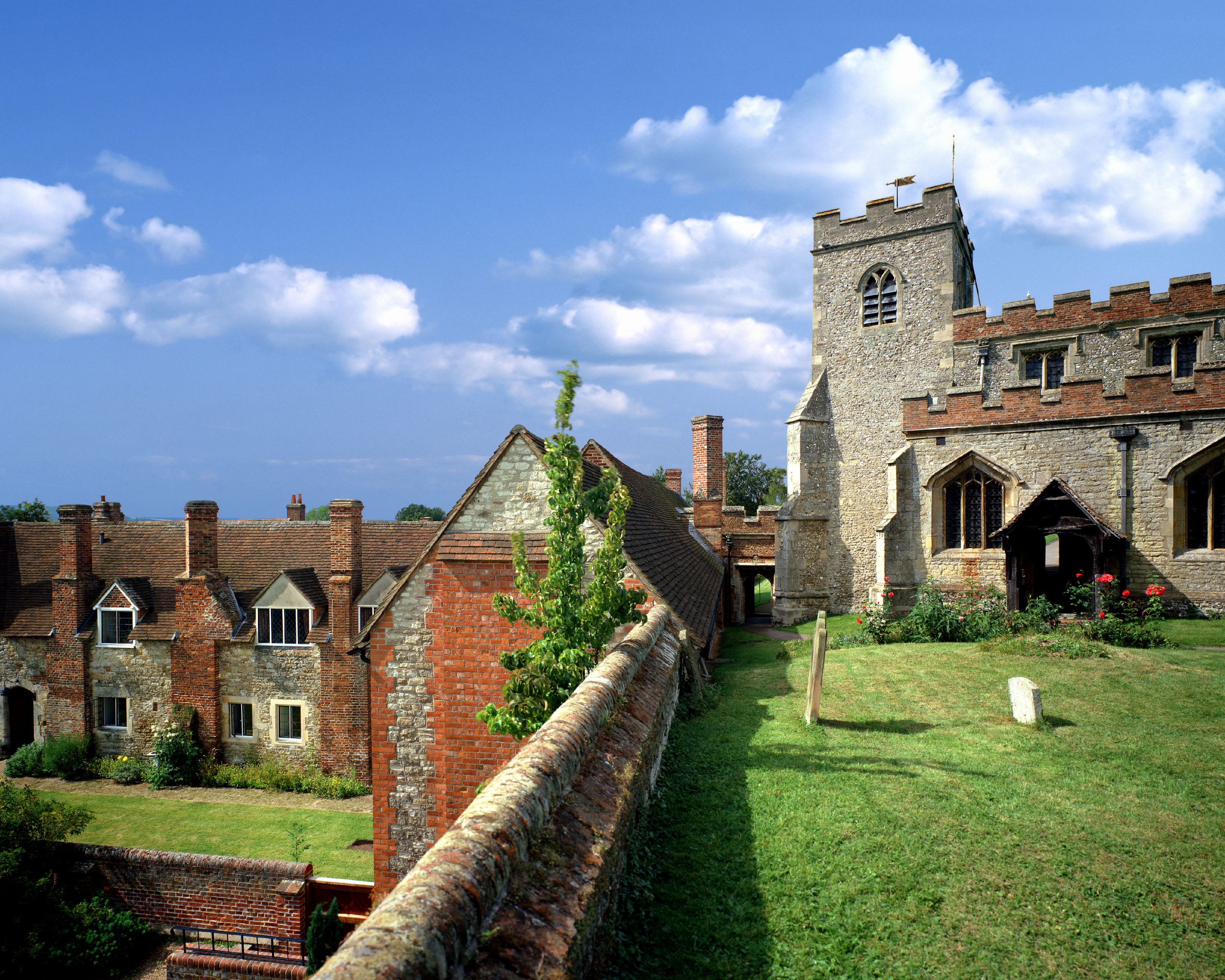 Ewelme, Oxfordshire: The medieval almshouses set up by Chaucer's grand-daughter and still running today
Ewelme, Oxfordshire: The medieval almshouses set up by Chaucer's grand-daughter and still running todayCountry Life's 21st century Grand Tour of Britain stops off at the remarkable church and almshouses at Ewelme, Oxfordshire.
By Toby Keel Published
-
 The Flying Scotsman: How the first 100mph locomotive became the most famous train in the world
The Flying Scotsman: How the first 100mph locomotive became the most famous train in the worldThe first train to officially hit 100mph may not even have been the first, and didn't hold the rail speed record for long; yet a century later its legend is undimmed. Jack Watkins celebrates the Flying Scotsman.
By Jack Watkins Published
-
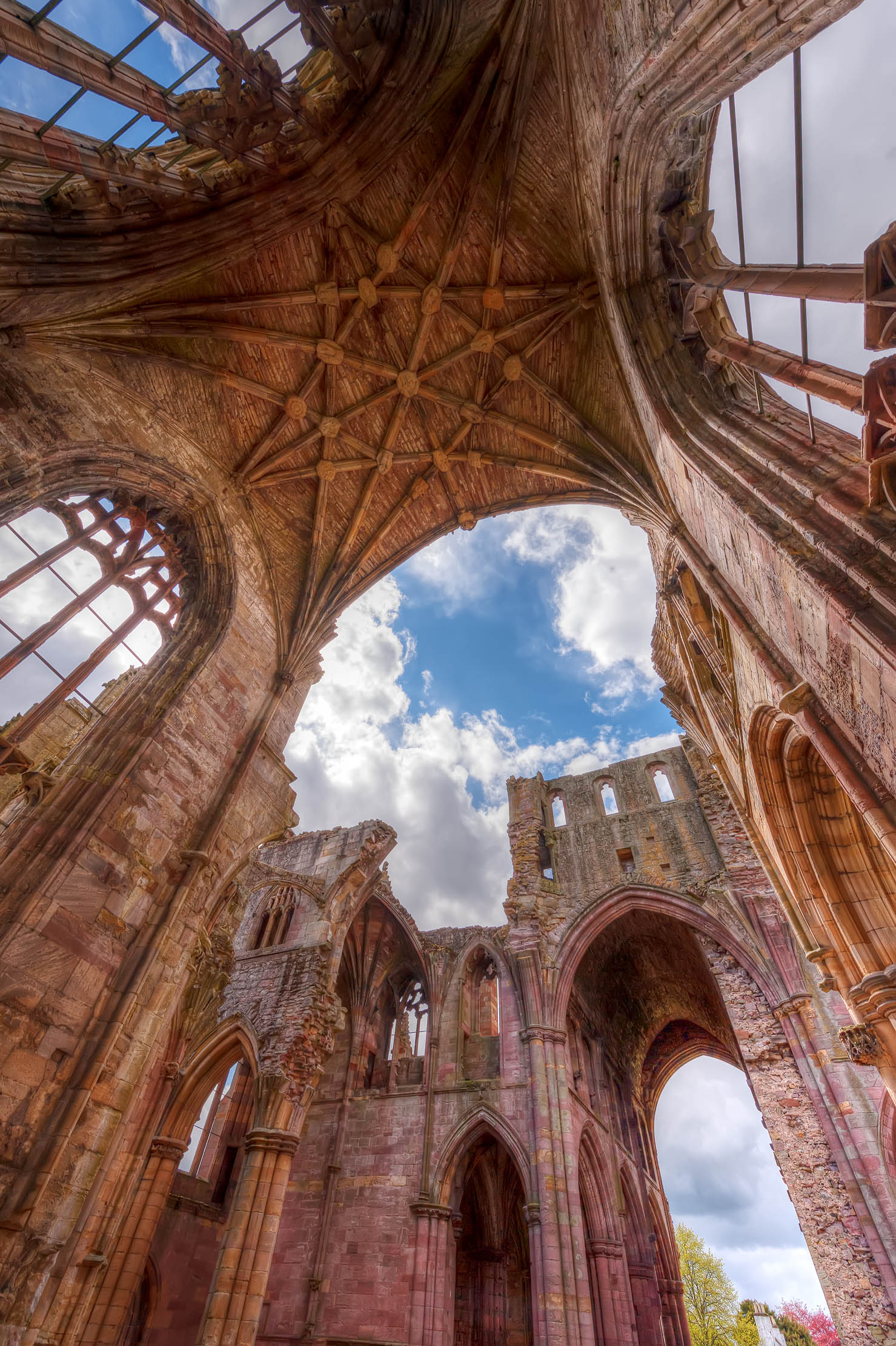 Melrose Abbey, the Scottish Borders: The spectacular ruin where Robert the Bruce's heart is buried
Melrose Abbey, the Scottish Borders: The spectacular ruin where Robert the Bruce's heart is buriedMelrose Abbey is one of the most powerfully romantic and evocative ruins in Britain — and for that matter, the world.
By Toby Keel Published
-
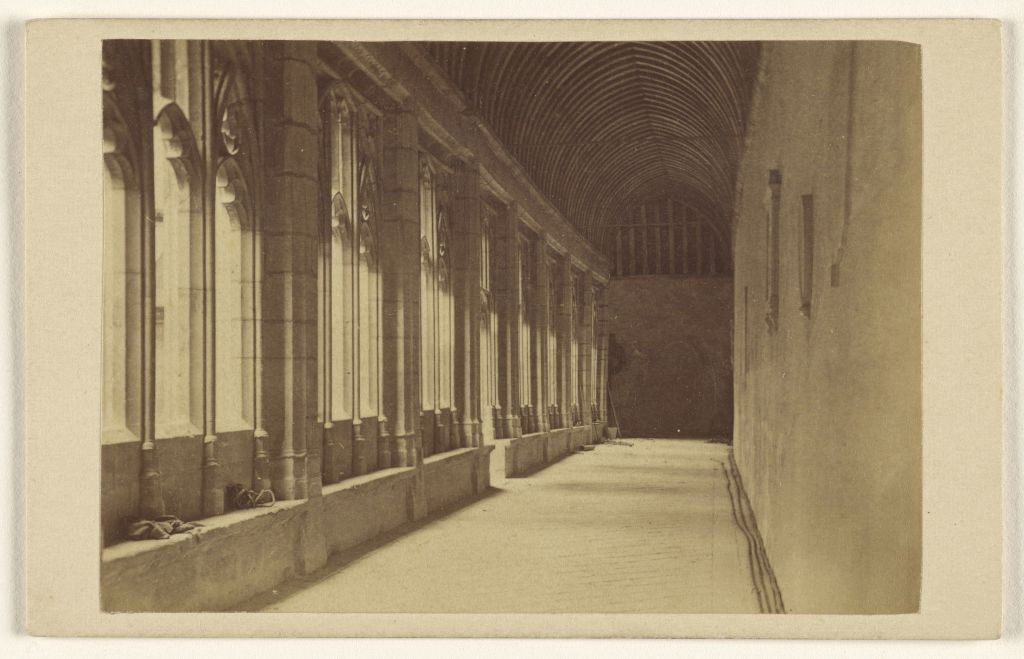 Winchester College: The school that's survived six centuries of turmoil, including the sacking of the city around it
Winchester College: The school that's survived six centuries of turmoil, including the sacking of the city around itWinchester College is both a school for the lucky few and an architectural marvel, says Clive Aslet.
By Clive Aslet Published
-
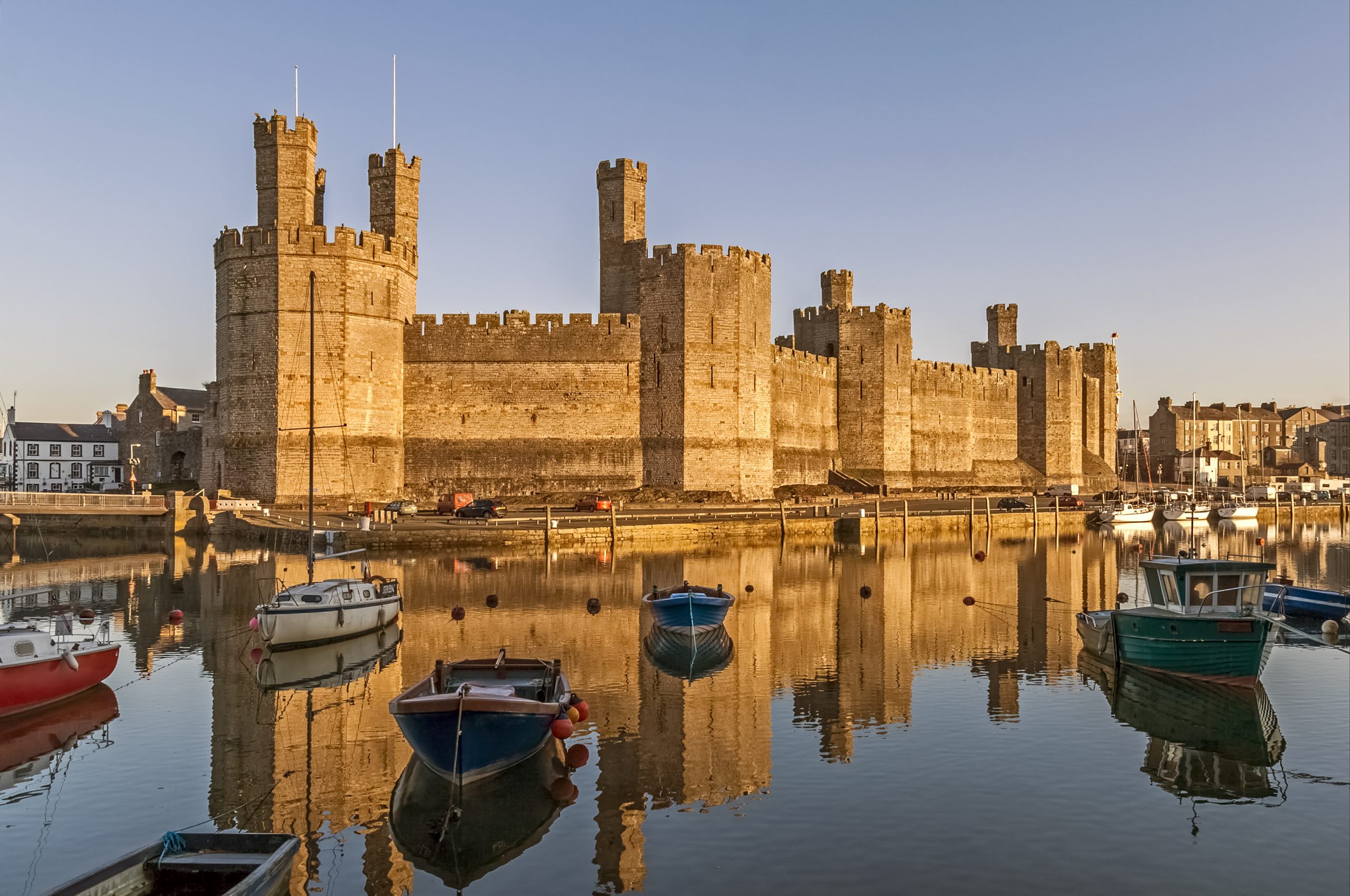 Caernarfon Castle, Gwynedd: 'One of the great buildings of the Middle Ages'
Caernarfon Castle, Gwynedd: 'One of the great buildings of the Middle Ages'Wales is spoilt for beautiful, evocative and dramatic castles in magnificent locations — yet still Caernarfon Castle stands above the rest.
By Clive Aslet Published
-
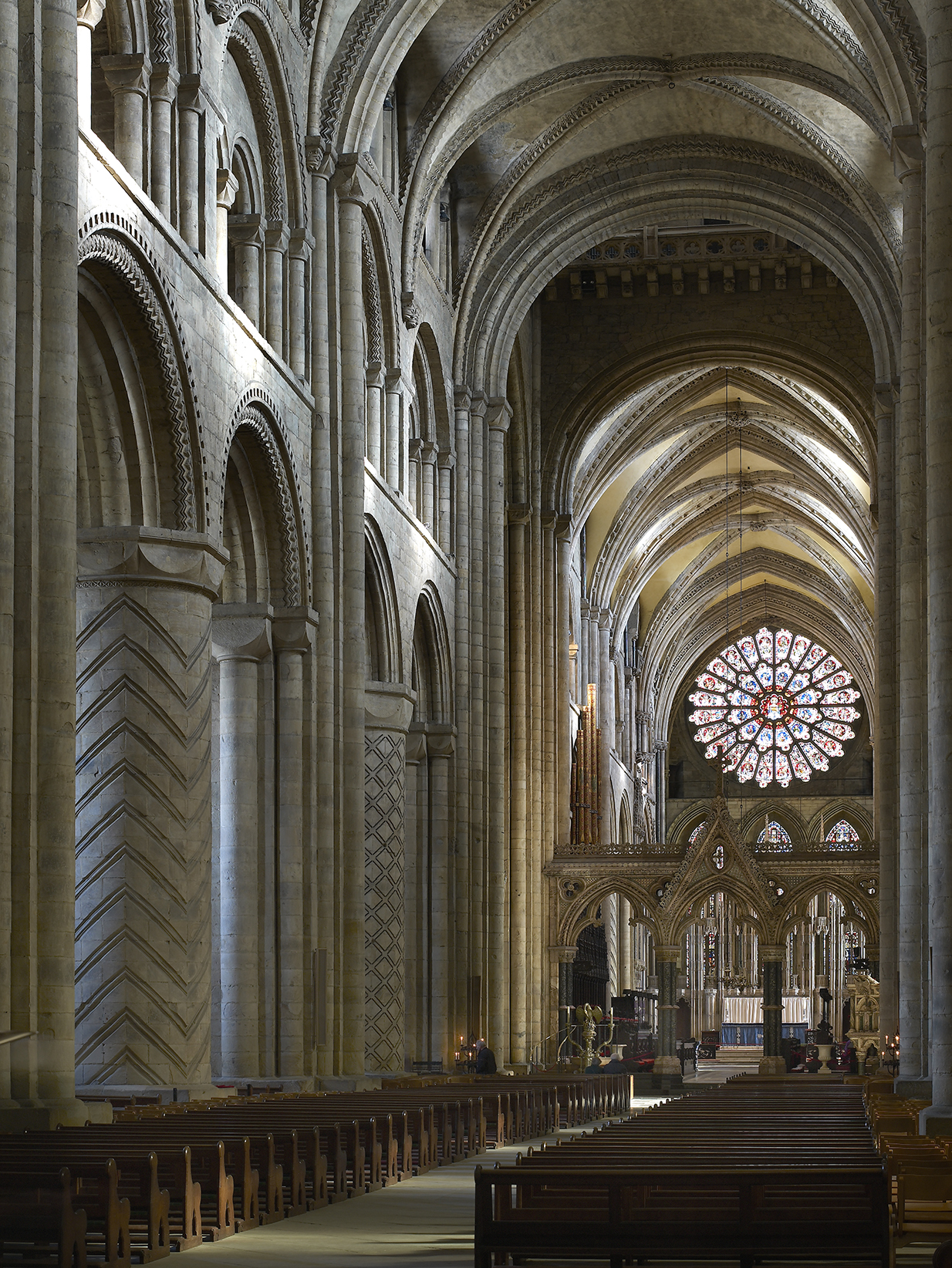 Durham Cathedral and Castle: 'The Normans at their most audacious and expansive'
Durham Cathedral and Castle: 'The Normans at their most audacious and expansive'The view of Durham from the train is epic and defiant: the great central tower of the cathedral rising as if it were its own unconquerable cliff, a symbol of Christian civilisation that has endured centuries of hostile waves to stand triumphant.
By Jack Watkins Published
-
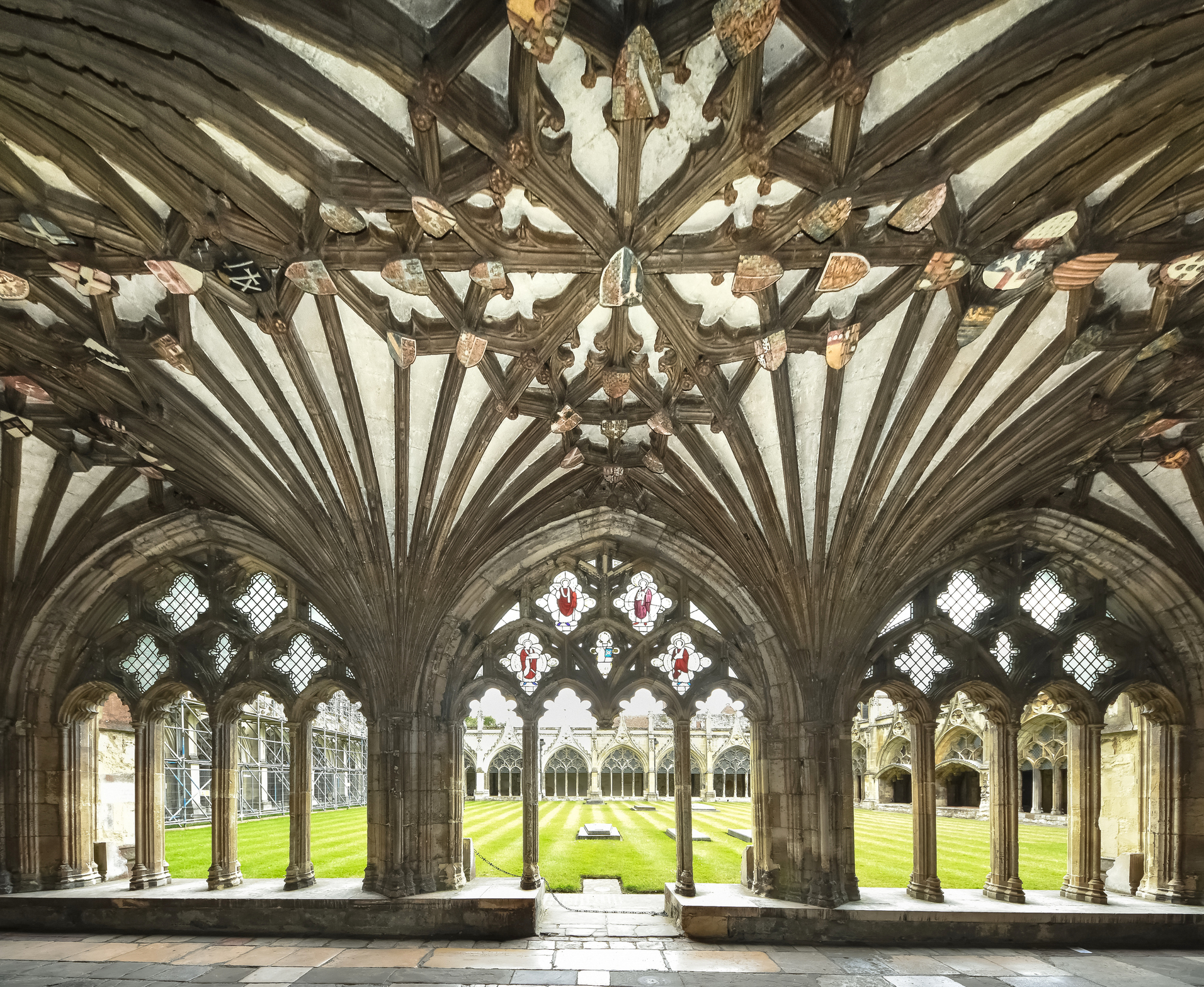 Canterbury Cathedral: Architectural wonder, place of worship, and site of one of history's most infamous murders
Canterbury Cathedral: Architectural wonder, place of worship, and site of one of history's most infamous murdersCanterbury Cathedral is the seat of the Church of England, the end of the nation's most famous pilgrimage route, and a place where 1400 years of history can be seen.
By Clive Aslet Published